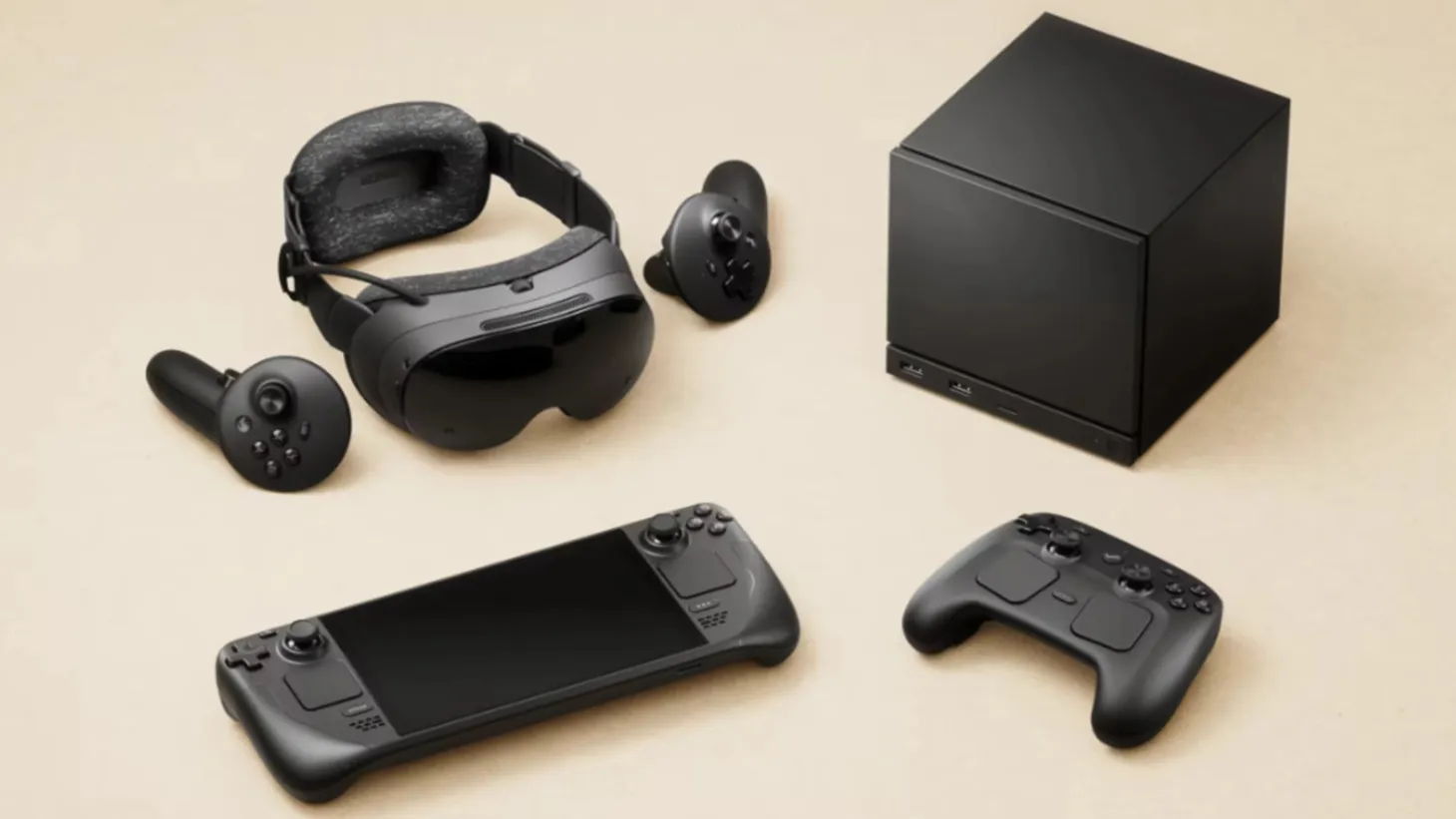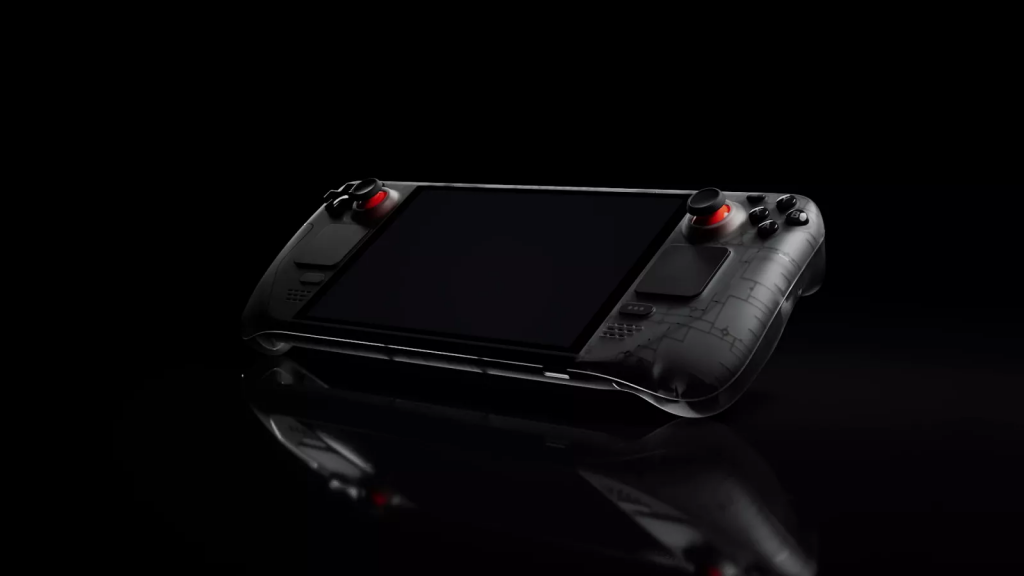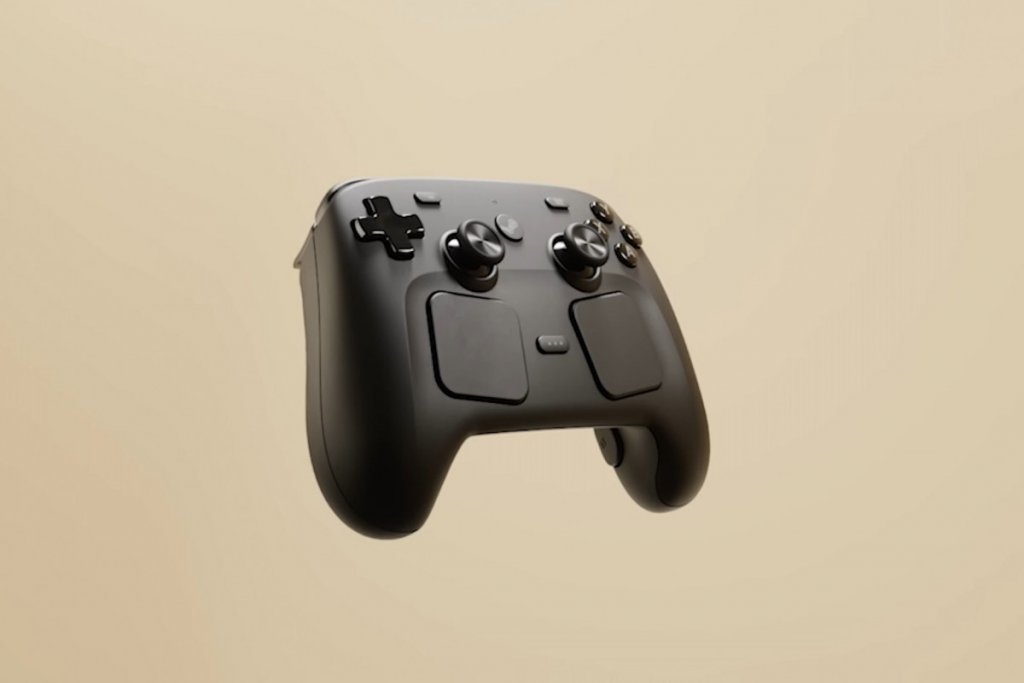
Valve Returns to the Hardware Arena With a Next-Gen Lineup That’s Redefining PC Gaming
Valve has officially pulled the curtain back on not one, not two, but three next-generation devices that promise to reshape the future of PC and immersive gaming. The legendary studio behind Half-Life and Portal announced the new Steam Machine, a redesigned Steam Controller, and Steam Frame, its long-rumored standalone VR headset.
For fans of Valve’s boundary-pushing legacy, this marks one of the company’s most significant hardware launches since the Steam Deck’s debut. It’s an ambitious comeback that seeks to unite power, portability, and accessibility in the world of PC gaming, but can Valve pull it off? Let’s unpack everything revealed.
The Steam Machine Returns: Valve’s Second Shot at the Living Room

Ten years after the mixed reception of its original Steam Machine, Valve is ready for redemption. The first iteration was ahead of its time, a PC-console hybrid that tried to bring Steam gaming to living rooms, but struggled due to fragmented support and unclear purpose. Now, the 2025 Steam Machine aims to finish what its predecessor started.
From what we’ve seen in early previews, Valve’s new compact gaming computer has been rebuilt from the ground up. Gone is the bulky, utilitarian shell. The new model features a sleek, minimalist design, with an aluminum chassis and customizable LED lighting reminiscent of high-end gaming rigs.
Under the hood, it’s expected to run on a custom AMD APU optimized for SteamOS 4, Valve’s latest Linux-based operating system that fully supports DirectX 12 and Proton 10 for near-seamless Windows game compatibility. Combined with up to 32GB of unified RAM and next-gen NVMe storage, it promises desktop-level performance in a box small enough to slide into a media console.
But Valve isn’t just chasing specs. In interviews, the company emphasized that the new Steam Machine is built around one idea: choice. Whether you want to stream games from the cloud, connect to your PC, or download titles directly from Steam, the device adapts to how you play.
Valve’s confidence is striking. After years of fine-tuning Steam Deck and SteamOS, the company now believes it has the ecosystem maturity to make the Steam Machine succeed where the original fell short. “This is the right time,” a Valve spokesperson told IGN, “because Steam itself has evolved into the platform we envisioned back then.”
A Reinvented Steam Controller: Precision Meets Personality

Of course, a new Steam Machine wouldn’t be complete without a new Steam Controller, and this version is more than a simple refresh.
Valve’s new controller takes inspiration from both the PlayStation DualSense and the Xbox Elite pad, but remains uniquely “Valve.” It still features adaptive haptics and customizable touchpads, a hallmark of the original design, but now with improved latency, new magnetic triggers, and pressure-sensitive grips that adjust based on how you hold the controller.
Perhaps the most interesting upgrade is its “Dynamic Mode Mapping”, which allows real-time remapping of buttons and inputs depending on the game or app. That means switching from Counter-Strike 2 to Baldur’s Gate 3 could automatically reconfigure your layout without lifting a finger.
Valve claims this makes the controller “the most personal gaming input device ever built.” And if you prefer not to tinker with settings, the Steam Controller now syncs your preferences from the Steam Cloud, so your custom layouts follow you from device to device.
In short, this is Valve’s attempt to bridge the gap between console simplicity and PC customizability, a controller that adapts as quickly as the games you play.
Steam Frame: The Future of VR, No PC Required
Then there’s Steam Frame, Valve’s long-awaited successor to the Index VR headset, and arguably the star of today’s lineup. This new device finally delivers what VR enthusiasts have been asking for: a fully standalone experience, no wires or PC tethering needed.
Valve describes Steam Frame as “next-gen freedom.” It’s powered by a custom ARM-based chipset co-developed with AMD, offering enough horsepower to handle high-fidelity VR worlds without needing to stream from a separate system.
Early reports suggest a 4K-per-eye micro-OLED display, inside-out tracking, and a dramatically reduced headset weight compared to Index. The design keeps Valve’s iconic off-ear audio system while introducing new magnetic faceplates for comfort customization.
But perhaps the biggest surprise is how Steam Frame integrates directly with SteamOS and the broader PC gaming library. You can wirelessly connect it to your Steam Machine or PC for ultra-high-end experiences, or play native standalone games directly on the headset. Valve’s vision, it seems, is a unified Steam ecosystem where all devices, handheld, console, or VR, work seamlessly together.
While no firm price has been announced, insiders hint that Valve is targeting a range competitive with the Meta Quest 3 Pro, which could make it one of the most accessible premium VR devices on the market.
What About Steam Deck 2?

With all this new hardware, many fans naturally expected to see a Steam Deck 2 reveal. Not so fast. Valve confirmed that a follow-up to its beloved handheld isn’t part of this round of announcements.
In interviews, Valve’s team said that while the Steam Deck remains a cornerstone of their strategy, the current model “still has headroom.” The focus right now is optimizing SteamOS for the next generation of devices, ensuring full cross-compatibility between the Deck, the new Steam Machine, and Steam Frame.
Translation: a Steam Deck 2 is coming, just not yet. Valve wants its hardware family to feel cohesive before introducing another form factor.
A Quiet but Bold Return to Hardware
Valve’s re-entry into hardware feels less like a gamble and more like a calculated evolution. The company has spent years learning from its missteps and studying how players actually use its ecosystem. From Steam Link to Steam Deck, every experiment seems to have led here, a lineup that finally bridges the gap between console simplicity and PC versatility.
There’s also an undeniable cultural significance to this moment. Valve is not just another player in the gaming space; it’s a company that helped define how PC gamers buy, play, and think about games. Its moves often ripple across the industry.
With Microsoft pushing its Xbox ecosystem closer to PC and Sony expanding PlayStation titles to Steam, Valve’s decision to double down on hardware feels perfectly timed. It positions Steam as both a platform and a product line, a hybrid ecosystem that blurs the lines between the PC and the console.
The Big Picture: What Valve’s New Era Means

If these products deliver what Valve promises, this could mark a turning point in how gamers approach the platform wars. Instead of forcing players to choose between PC or console, Valve’s next-gen lineup gives them a spectrum of options, all connected by the Steam ecosystem.
Whether you’re lounging on the couch with a Steam Machine, diving into VR with Steam Frame, or fine-tuning control schemes with the new Steam Controller, the underlying message is clear: play your way, wherever you are.
Valve’s approach is both nostalgic and forward-thinking, a return to its experimental roots, with the maturity of a company that has learned from every hardware misstep. There may be no Half-Life 3 in sight, but with this new wave of devices, Valve might just have something even more ambitious: a unified future for PC gaming.
The countdown to launch starts now, and all eyes are on Bellevue. If Valve can deliver on its vision, 2026 could be the year it redefines gaming, again.







